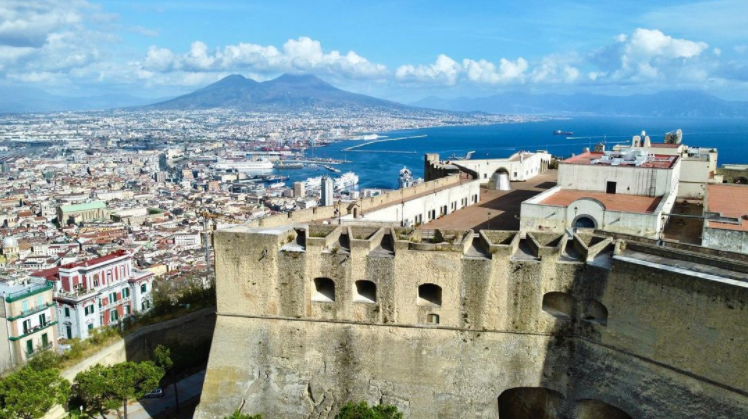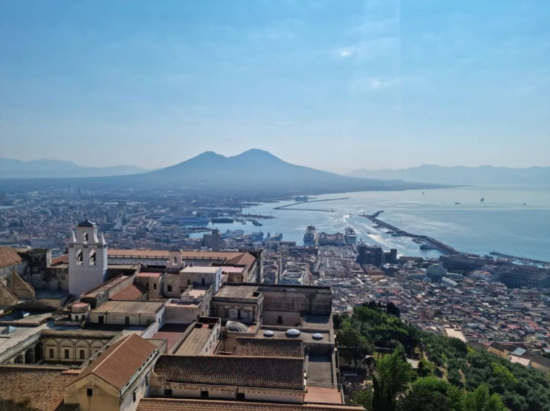Castel Sant’Elmo
The first reference of Castel Sant’Elmo, around 1275, describes the existing building as a fortified Angevin residence, called Belforte; it was subsequently Robert of Anjou in 1329 who wanted the enlargement of the palatium and the task was entrusted to Tino di Camaino, then engaged in the construction of the nearby Certosa di San Martino.
The current configuration with the six-pointed star structure is due to the sixteenth-century reconstruction, commissioned, between 1537 and 1547, by Don Pedro de Toledo during the Spanish viceroyalty. The project was carried out by the Spanish military architect Pedro Luis Escrivà.
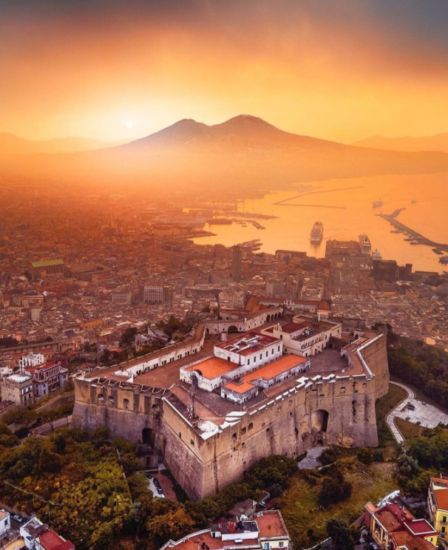

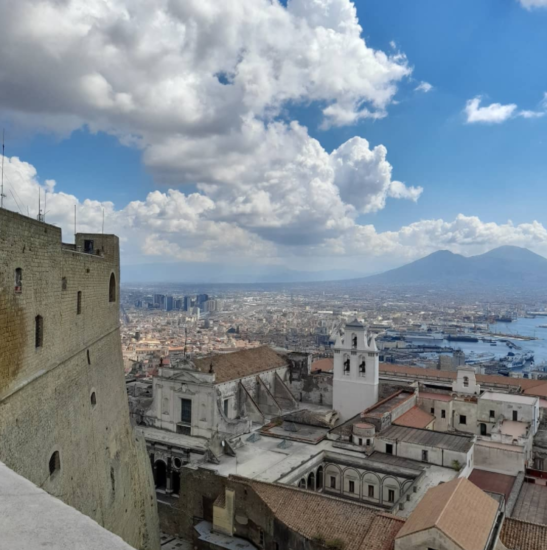
The first castellan of Sant’Elmo was Don Pedro de Toledo, cousin of the viceroy, who died in 1558, whose funerary monument is kept in the sacristy of the church, located on the Piazza d’Armi of the Castle. The castle was often used over the following centuries as a prison, where Tommaso Campanella, accused of heresy, and later the patriots of the Neapolitan revolution of 1799 such as Gennaro Serra, Mario Pagano, and Luigia Sanfelice were imprisoned.
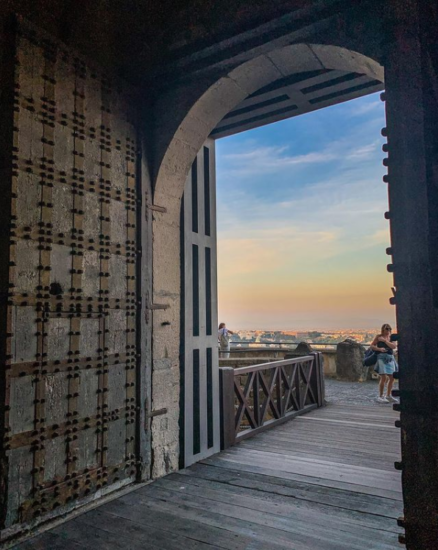
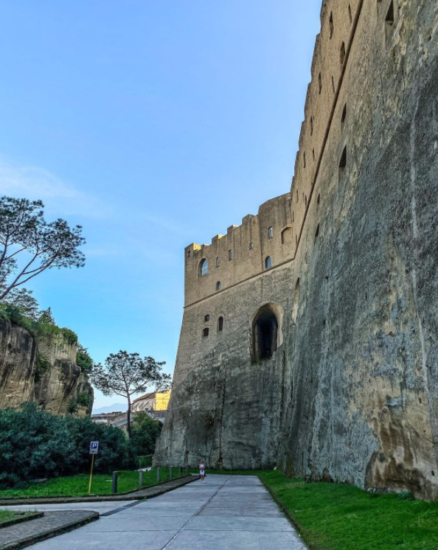
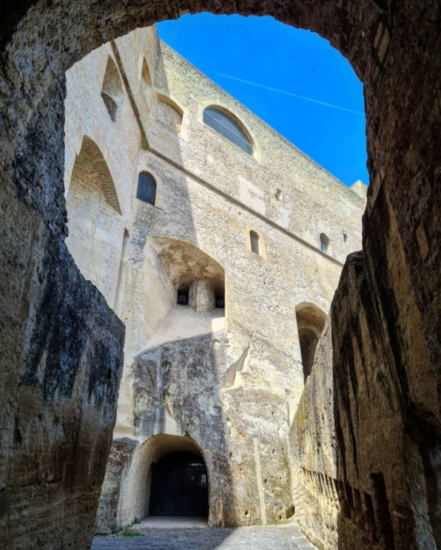
After being a Bourbon garrison, it was a military prison until 1952. Subsequently, the fortress passed to the military property until 1976, the year in which an impressive restoration work began by the Superintendency of Public Works of Campania. The works made it possible to recover the original structure, making visible the ancient paths, the patrol walkways, and the underground rooms, where a large Auditorium was built.
Over the last thirty years, the Castle has been the seat of numerous exhibitions of ancient and contemporary art but also of intense activity of cinema and theater musical reviews. And what makes this monumental site unique are the terraces, from which you can admire a spectacular panorama of the entire surrounding area, from the islands to Vesuvius, from Campi Flegrei to the Matese mountains.
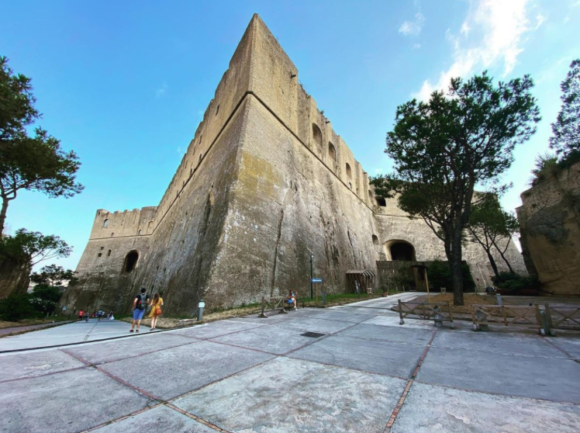
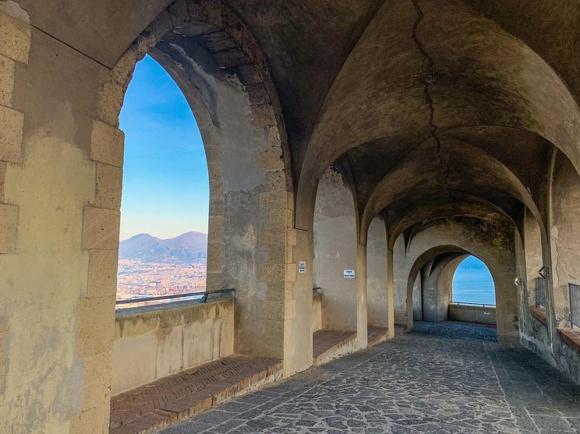
On the imposing Piazza d’Armi, in 2010, the Novecento Museum was set up to give a complete vision of almost a century, of cultural creation. The collection is made up of publicly owned works, donations from artists or heirs, and long-term loans from collectors. Over 170 works by 90 Neapolitan artists are exhibited in the museum, with the addition of some non-Neapolitan masters who were active in the city with different roles. MORE
